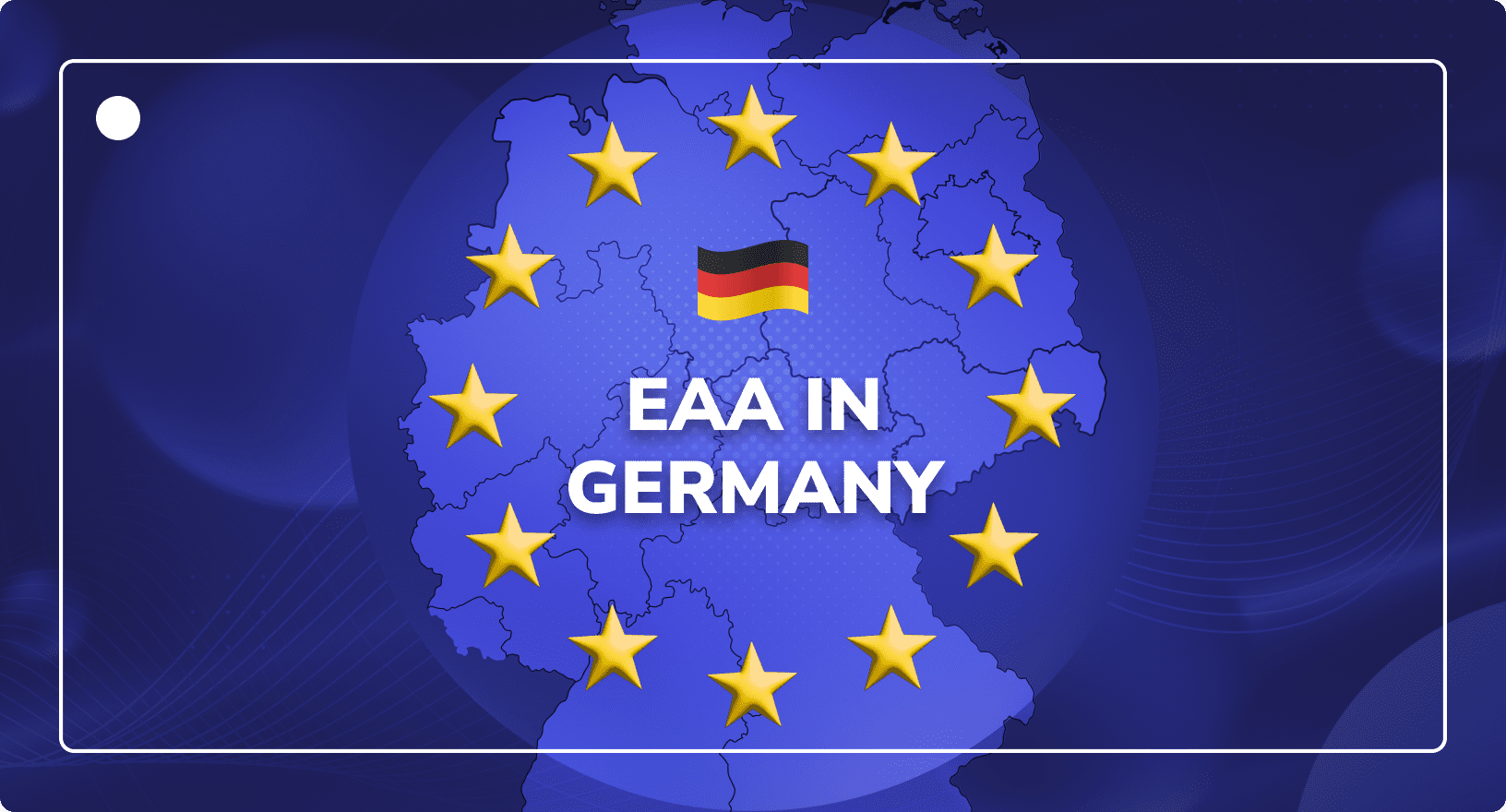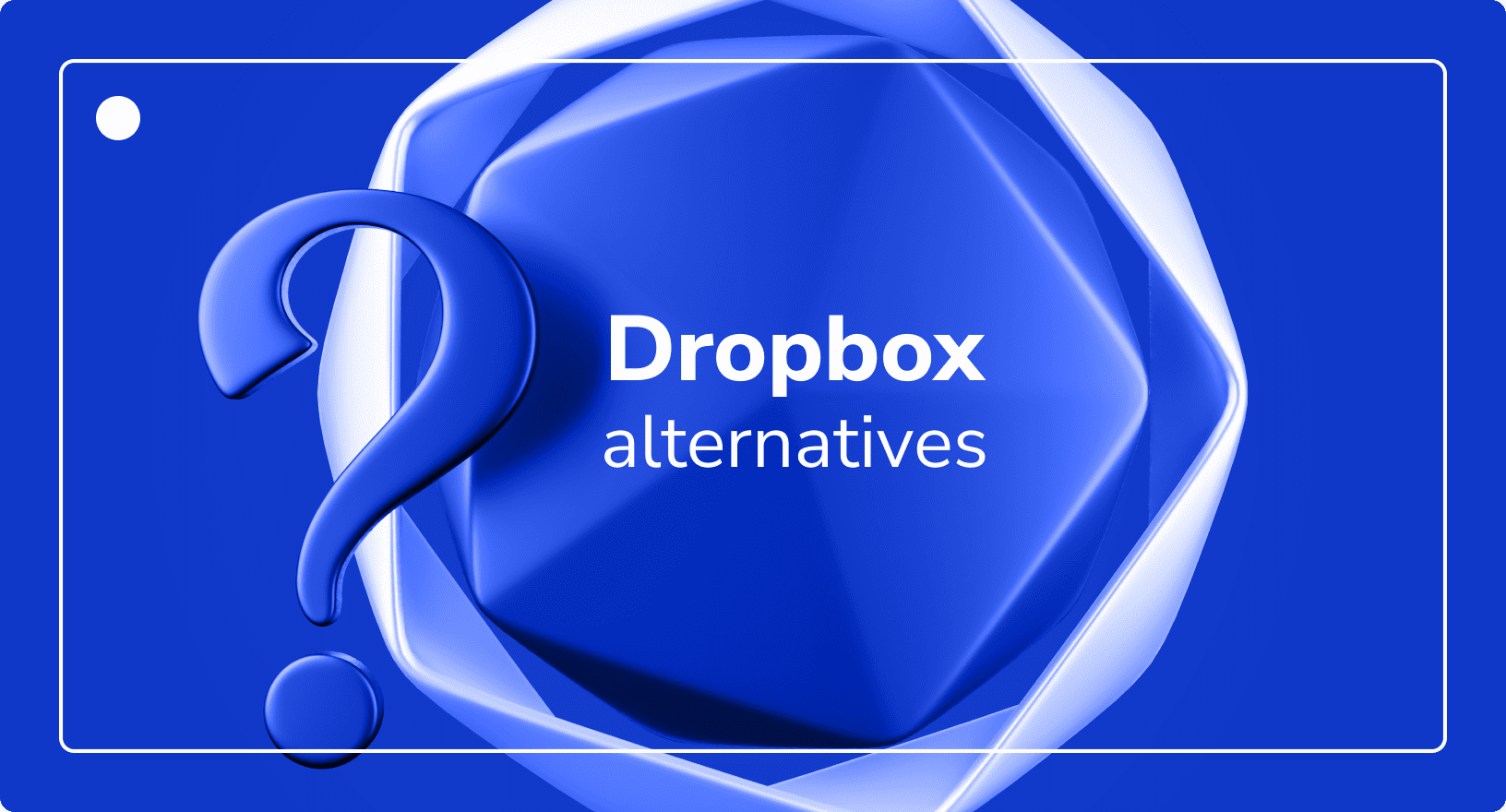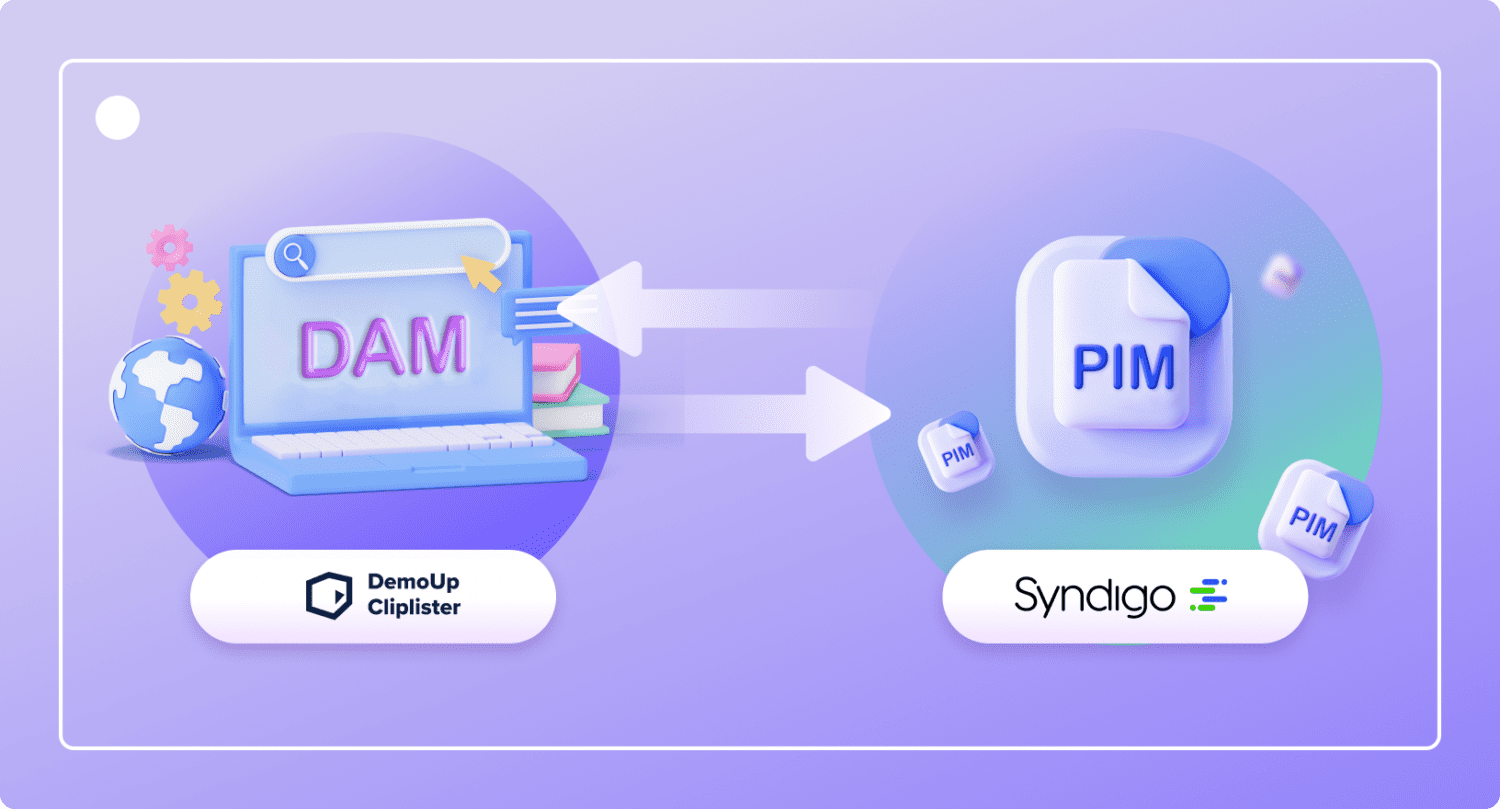Content is the King: 9 Reasons Why it Still Reigns in eCommerce
Industry Insights
Updated on February 17, 2025
If you’re in marketing, “Content is the King” is like that overplayed song on the radio. But losing appreciation for its true meaning would be a huge mistake. In this post, we’ll cover 9 reasons why it still reigns as marketing royalty.
Who Said Content is the King?
In 1996, when the internet was just becoming attainable for the average American, Bill Gates, the founder of Microsoft, wrote an essay titled “Content is King“. In his piece, he commented that content is where most of the money will be made on the world wide web and described the internet as the marketplace of the future.
Content is King Quote
The actual “Content is King” quote was along these lines:
“Content is where I expect much of the real money will be made on the internet, just as it was in broadcasting.”
Bill Gates
Truer words have rarely been spoken. 20 years later content now forms the basis of the entire internet, from blog posts to videos to 3D and AR models. How you leverage it can make or break your business – especially in eCommerce.
Content is King Meaning
The meaning behind the phrase “content is king” is simple. If you have the best content, more people will spend their time consuming it.
People want to learn new things, be entertained, and better understand the world around them. Content forms the basis of conveying information and for businesses, forms the primary way customers connect with them.
Content marketing places the emphasis on the customer. It’s less about what the product can do and more about what the customers can do with the product. How it changes their lives. How they can do things better. Successful content marketers are great at telling other people’s stories.
Why Product Content is King
In the middle of the 20th century, the invention of the television revolutionized the way people consumed content. It also completely changed the way companies advertise.
Product Content’s Ascension to the Throne
The first product video was an advertisement for Bulova watches during a Major League Baseball game on a local television station in New York. This kicked off the “Golden Age of Advertising” between the 1960s and 1980s.
This era was also the beginning of personalisation. Now companies could pick and choose the programmes during which their commercials could air, helping them reach the ideal customer profile for every product in their catalogue.
Brands, manufacturers, and retailers alike spent huge amounts of money on focus groups, advertising agencies and various marketing campaigns to cement themselves as market leaders in their industries.
This era also made abundantly clear the value of the ideal customer profile (ICP) and creating messages that resonate strongly with your target market. Vacuum companies showed off the latest cleaning technology and jewellers promised the most beautiful diamonds on the market during mid-day slots when women were most likely to be watching television. Primetime and televised sports events were reserved for fast cars, the latest developments in motor oil and high-tech lawnmowers.
Product Content in the Era of the Internet
The creation and adoption of the internet was a similar watershed moment in how we create, consume, and use content. With the internet, customers actively seek out the products and information they want. This makes it harder for new companies and products to supplant existing customer biases and loyalties.
Plus, attention spans are shorter than ever now. Between the years 2000 and 2015, attention spans shortened from 12 to 8.25 seconds. This statistic shows exactly how important it is to have relevant and useful content. If you don’t, nobody will know you exist.
But, just to drive the point home, here are nine more ways product content is still king in eCommerce.
1. Great Content Sells More Products
There is a high correlation between the quality of your product content and the number of units you sell. Or, more accurately, don’t sell. According to a study by Narvar, a post-purchase retail software platform, most returns can be avoided with accurate and detailed product content.
Of course, this is just one of the ways great content sells more products. Online 3D content and videos can help you sell more products just by showing customers what they’re buying.
Internet Content Marketing for Brands and Retailers
Brands and retailers have several ways they can leverage internet content marketing. The best way is by enhancing product content coverage across product lines (for brands) and as many products detail pages (PDPs) as possible (for retailers).
Types of eCommerce Content
There are also many ways you can attain this improvement in product content coverage. Here are some examples you can create with us at DemoUp Cliplister:
2. It’s Easy to Get More Great Content for Your Products
Of course, creating product content for your brand’s product lines is just one of the ways to improve content coverage. Product content syndication helps brands and retailers distribute and display product content on relevant PDPs.
Product Content Syndication
Product content syndication is an easy way for retailers to acquire and use brand-created product content. Syndication is the sale or licensing of material for publication by several websites. In the eCommerce world, this would be online retailers.
With DemoUp Cliplister’s product content syndication software for retailers, for example, eCommerce shops can join a network, implement a few lines of code, and display brand-created content on PDPs in a matter of minutes.
(Note: Talk to a consultant for a full list of brand-created content available for use in your shop.)
Content is King, Distribution is Queen
If content is king, distribution is queen. It does no good to create great content and then have nobody see it.
With product content syndication, brands can easily distribute product content via a network of retailers and retain full control over their assets at the same time. This eliminates outdated content, reduces the risk of license issues, and improves brand / retailer relationships.
All the DemoUp Cliplister Brand Channel requires is for someone to upload the content, organize it, and select the shops that should receive the content.
(Note: Talk to a consultant for a free, no obligation demo of the Brand Channel product content syndication solution and a list of all the retailers in the network.)
3. Content Helps You Improve Campaigns
Regardless of the channel you advertise in, content helps provide the basis for campaign performance.
Why SEO Content is King of Search
If content is King of the Internet, then SEO content is King of Search. Search engine optimisation (SEO) has come a long way from the days of keyword stuffing and backlink manipulation. The algorithms now reward great content, high-performance websites, and advanced user engagement metrics.
A perfect example is Google’s 2022 Helpful Content Update. The update focuses on penalizing content that was primarily created for ranking well over helping the user.
What’s the perfect way for eCommerce websites to help users? With product videos, 3D and AR models and detailed product descriptions.
If you create engaging webpages optimised for helping the user rather than for the algorithms, you will be rewarded in the rankings. With more sales and in the returns department to boot.
Here are more ways SEO content is King of Search:
- Helps customers find your products in the SERPs
- Increases traffic to your site
- Improves brand awareness
- Helps with paid advertising results
Why User-Generated Content is King of Social Media
If SEO content is king of search, user-generated content is king of social media. Also referred to as influencer marketing, user-generated content (UGC) is any form of content that has been posted by users on online platforms.
It is a product intended to distribute information about products or the firms that sell them.
In other words, UGC is a product created by everyday people for everyday people. It is the best way for bands to:
- Build trust
- Develop customer loyalty
- Acquire social proof
- Go viral
Tips for Creating Better UGC Campaigns
An important thing to remember about UGC is that it needs to appear authentic and genuine. Consumers are smart and can smell an advertisement from miles away.
Here’s 3 more quick tips for staying on-point with your UGC:
- Find and use influencers and industry experts people already know and trust
- Stick to relatable topics
- Show people how your product improves their lives
While it may seem intuitive, many brands struggle with these three core UGC concepts. For more on how you can make stellar UGC review videos, read our ultimate guide.
(Note: Talk to a consultant to learn how you can outsource your user-generated content production and syndicate it to your leading retail partners.)
4. Content Improves Product Understanding
Helpful content is also the best way to improve product understanding within your target markets and ICPs. When you help your customers understand what you sell, you overcome their biases, increase their enthusiasm, and help them build a psychological connection to your brand all at the same time.
Product Content Creates Virtual Product Experiences
When people shop online, they miss a key part of the shopping experience – interaction. Online shoppers do not have a sales representative there to help, are not able to touch products, and sometimes struggle to get an idea of what the product looks like.
So, how can you replicate the in-store experience? Product experience management is the art of influencing how customers interact with your products throughout the product lifecycle, from discovery to end-of-life.
This is where product content comes in. Great product content should leave a lasting impression and replace the in-store shopping experience as much as possible.
Consider it this way. The job of a sales representative is to explain products as much as possible and answer all the customer’s questions. If the customer does not have someone there to help, your product content must take on this role. This also leads us to our next point.
5. Great Content is Useful Content
Have you ever watched a video and thought “Wow, that’s so helpful!”. That is what great product content looks like. It shows your buyers unique and insightful ways they can use your products and answers their questions before they can ask them.
So, why is this so important?
Useful Content Helps Customers Make Decisions
When you create helpful content, customers feel better and more confident in their purchases. It filters out potential buyers who aren’t part of the target market and convinces those who are. When this happens, customers are less likely to return their purchases, which saves brands money on resources and reverse logistics.
6. Great Content Makes Your Website Stand Out
If you have great product content, your website will stand out in the minds of your customers. In fact, 85% of shoppers say product information, pictures and videos are crucial in their decision to buy, according to Think with Google.
7. Content is the Basis for All Marketing Channels
As we alluded to in the SEO section of this post, content is the basis for all your marketing efforts in all channels. Without good content, you could spend massive sums of money on marketing, and it would do absolutely nothing. Your message, your copy, and the way you portray your product all play a crucial role in the way people view and perceive your brand.
Let’s look at paid social media as an example. You have a great product and want to market it on Instagram. If all you have is a picture, with no description, no message and no context, people will simply skip past it, and you waste your ad money.
On the other hand, if you create a holistic strategy across all your channels, you can create a product review video, take a snippet of it, turn it into a paid Instagram ad, create a hashtag so people talk about it, link the ad to your website and link your website to some retail partners.
This is known as the customer journey, and all your content should be mapped to specific parts of the journey from product discovery to product advocacy after people buy it.
Your best customers are going to advertise your product for free, so it’s great to follow the UGC tips we outlined earlier as part of your content strategy for the advocacy phase of the journey.
8. Great Product Content Can Turn Your Brand into the King of the Internet
We already illustrated how you can use product content to improve marketing campaigns, but great product content also has another effect – virality.
What is Viral Content?
According to Backlinko, viral content is online content that achieves a high level of awareness from shares, likes, and other means of exposure on social media, news networks and other methods.
Content virality is the rate at which this exposure is achieved.
If your brand can achieve high levels of virality with its content, then you have a great chance at beating out the competition in the same space.
Viral Content Examples
A well-known example of viral marketing is Dollar Shave Club. Dollar Shave Club burst onto the personal grooming scene in 2011 through a well-executed combination of minimalism and humor. The company took a big chance on bold messaging and scaled it across television, social media, search engine marketing – you name it – and it paid off in a big way.
Five years later, the company was acquired by Unilever for a cool $1 billion dollars. This was 100% due to the virality of the marketing campaign that turned something as mundane as razors and shaving cream into must-have products.
Great Content Saves Customers Time
Another way great content can solidify your place at the top of your industry is by not wasting your customers’ time. Great content should appeal to your target market and inform people when your product is not a fit. Your customers will thank you and so will your bottom line.
Great Content Makes Audiences Act
Great content helps customers not only arrive at a purchase decision, but also act on that decision. Convincing a customer that your product is the best is only half of the equation. You need customers to invest their time in the purchase process. Great content convinces audiences on both levels.
9. Videos are the Crown Jewels of Creative Content
If we go back to product content’s ascension to the throne, you remember that television brought about the Golden Age of Advertising.
It’s no coincidence that this happened when people were able to see product videos in their own homes for the first time. It’s also the perfect illustration of videos becoming the crown jewels of creative content.
There are several reasons why product videos are so successful:
- Videos helps build connections faster
- Videos can be used across almost any channel
- Videos are short and to the point
- Videos can show people why they need your product instead of explaining why
- If pictures speak a thousand words, videos speak a million.
- Videos help customers learn a lot in a short amount of time
- Etc…
And the list goes on and on.
(Note: Talk to a consultant to learn all the ways DemoUp Cliplister helps brands and retailers accelerate their growth with product content creation, management, and syndication.)
Is Content Still King?
Yes, content is still the king. Marketing is nothing without content. Your company has no message without content. Ad copy, SEO strategies, product descriptions – it’s all content. And without a comprehensive plan and strategy to support your content, you will struggle with conversions and growth.
Conclusion – Why Content is the King
The form may change, but the substance does not. Helpful, quality content will always reign supreme in the world of marketing, eCommerce, and the internet.
If your content is relevant to your audience, helpful, and generates value, you will improve trust, improve product understanding, increase traffic, and boost brand engagement.
To see all the ways DemoUp Cliplister supports brands and retailers through better product content, visit the homepage. For more helpful product content tips and tricks, visit the blog.
Better Content. More Sales.

Fill out the form to discover our end-to-end eCommerce content solutions for brands & shops




